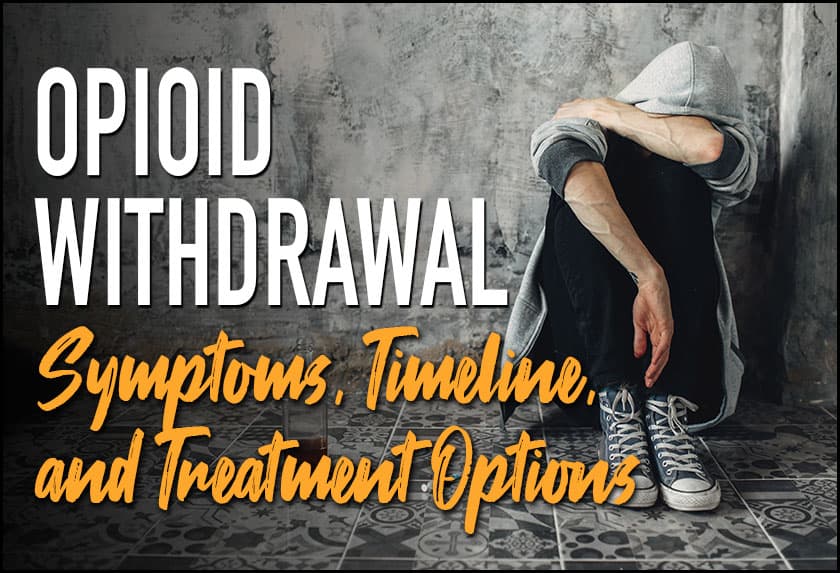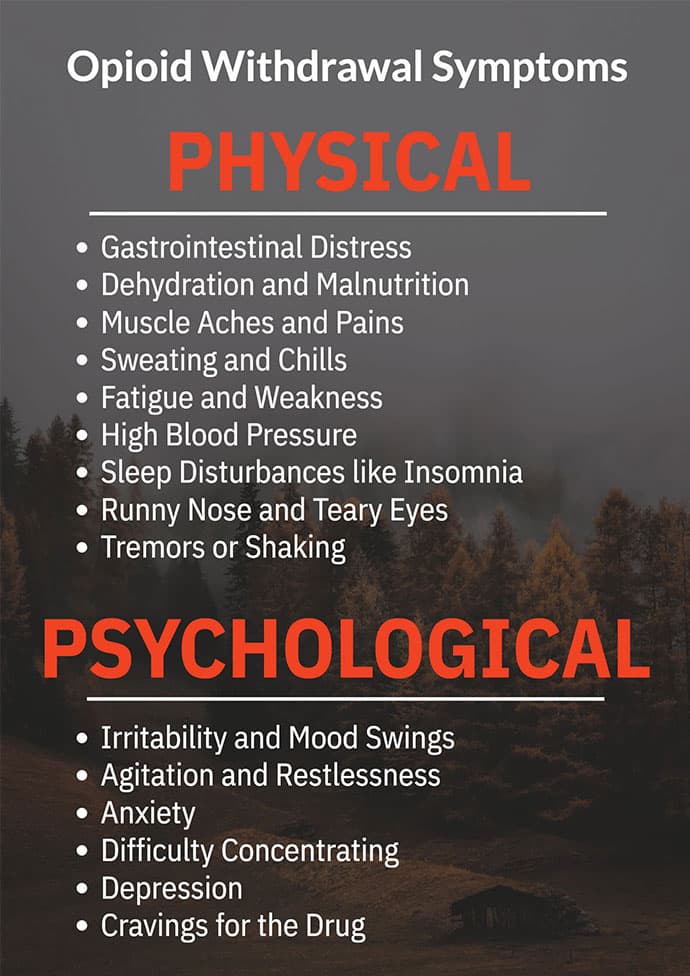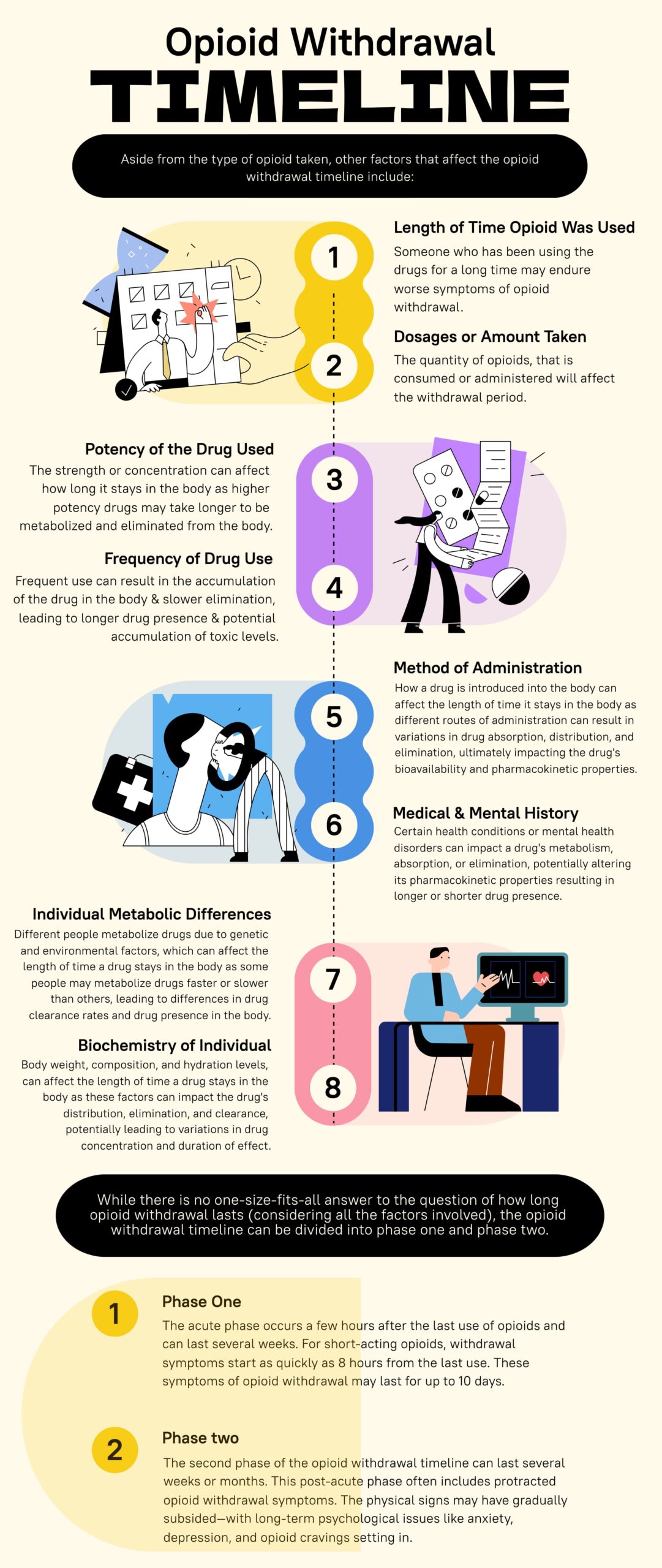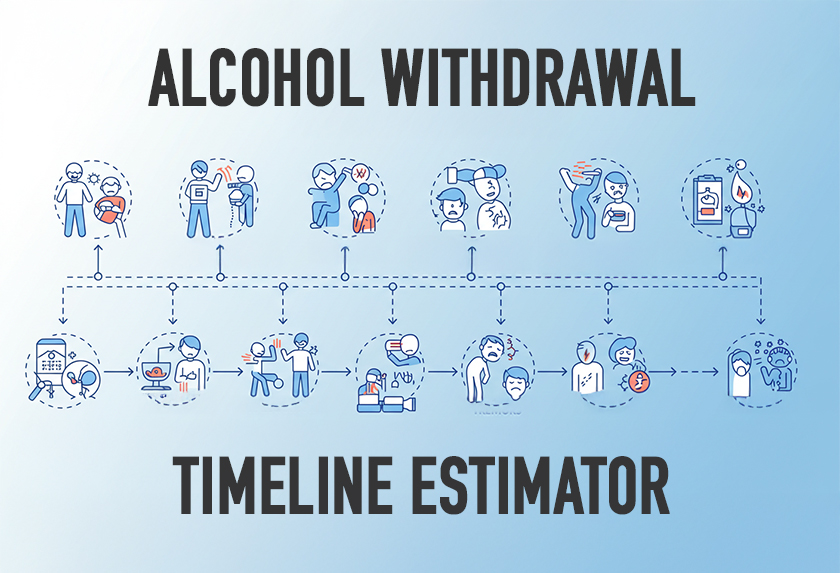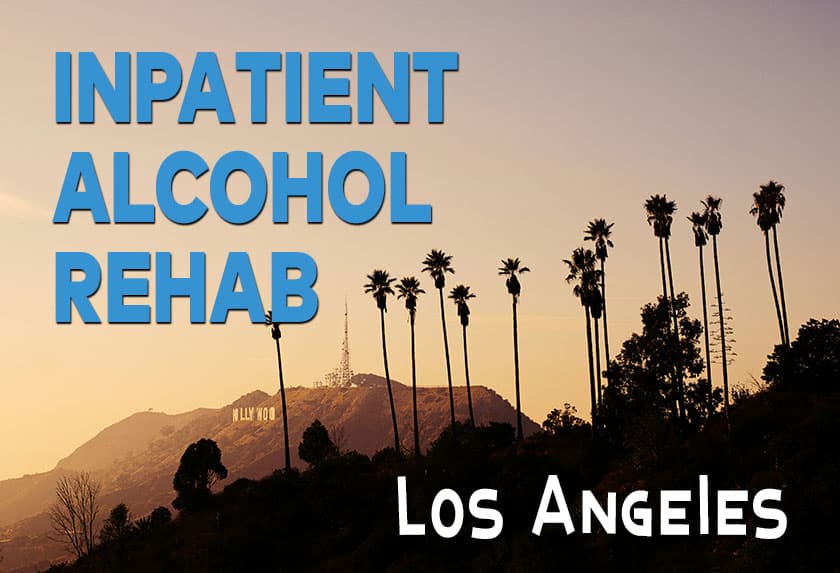If you’re among the relatively large population of people taking opioids (whether for medical or recreational purposes), you need to understand the risks involved. For this reason, this article explains the issue of opioid dependence, what opioid withdrawal symptoms look like, the opioid withdrawal timeline, and the opioid withdrawal treatments available.
Did you know that around 25 million people in the U.S. began non-medical use of opioid pain relievers between 2002 and 2011—increasing the risk of dependence and overdose? This resulted in an annual increase in emergency department visits involving opioids until the government declared opioid overdose a national emergency in 2017.
According to the World Health Organization (WHO), 7 in 10 deaths from drug use are linked to opioids. Yet less than 10% of those in need of treatment interventions for opioid dependence get the help they need.
Why does this matter? As of 2015 data, there were nearly 92 million Americans using prescription opioids like Hydrocodone (Vicodin), Morphine, Oxycodone (OxyContin or Percocet), Oxymorphone (Opana), Hydromorphone (Dilaudid), Codeine, and Fentanyl (Actiq, Duragesic, Sublimaze). This seemingly insatiable appetite for opioid medications poses a considerable health risk—sometimes to unsuspecting people looking to manage their pain.
The Brain on Opioid – Understanding Opioid Withdrawal
First things first, what are the mechanisms behind opioid addiction and the effects of opioid withdrawal on the brain?
Opioids (or opiates) are a class of drugs that bind to specific receptors (Mu, kappa, and delta) to exert their effects—including reducing pain signaling and inducing a state of euphoria. While their pain-relieving properties can be helpful, their impact on the brain’s reward pathways poses a risk of addiction.
When opioids are taken, they release large amounts of dopamine in the brain, which creates a feeling of euphoria and pleasure. Dopamine is a brain-signaling molecule that plays a key role in reinforcing behaviors.
Over time, the brain becomes accustomed to this surge of dopamine, and it begins to rely on opioids to maintain normal functioning. At this point, the body develops a tolerance to the effects of the opioid—meaning you must take more of the drug to feel the same effects.
However, when the brain no longer has the usual dose of opioids it has become accustomed to, it goes into withdrawal. The body then reacts to the chemical imbalance with a range of physical and psychological symptoms as it tries to readjust to the lack of opioids. If this dependence is not managed, it can lead to opioid use disorder (OUD)—a condition that affects more than 16 million people around the world (3 million in the U.S.).
Opioid Withdrawal Symptoms
Opioid withdrawal symptoms are a collection of physical and psychological signs that arise when an individual stops or significantly reduces their opioid use. That is, the body struggles to produce enough natural endorphins—leading to the onset of opioid withdrawal symptoms.
Knowing the signs of opioid withdrawal can help individuals who are struggling with addiction or trying to support a loved one through the recovery process. So, what are the signs and symptoms of opioid withdrawal?
Physical Symptoms of Opioid Withdrawal
Opioid withdrawal can be a harrowing experience—and it’s the physical signs of opioid withdrawal that are most pronounced and extremely uncomfortable for the individual.
- Gastrointestinal distress, including stomach cramps, nausea, vomiting, and diarrhea. This can lead to dehydration and malnutrition.
- Muscle aches and pains
- Sweating and chills
- Fatigue and weakness
- High blood pressure and a rapid heartbeat
- Sleep disturbances like insomnia
- Runny nose and teary eyes
- Tremors or shaking
Psychological Opioid Withdrawal Symptoms
For individuals who have become dependent on opioids, the cessation of use can trigger a cascade of debilitating psychological opioid withdrawal symptoms. The psychological signs of opioid withdrawal can be intense, long-lasting, and make it challenging to abstain from opioids. They include:
- Irritability and mood swings
- Agitation and restlessness
- Anxiety
- Difficulty concentrating
- Depression
- Cravings for the drug
Please note that the intensity of the opioid withdrawal symptoms will vary depending on the opioid use and the individual’s unique biochemistry.
Opioid Withdrawal Timeline – How Long Does Opioid Withdrawal Last?
If you or someone you know is struggling with opioid addiction, understanding the opioid withdrawal timeline is essential. Having a clear understanding of what to expect helps ensure that you or your loved one can be supported with the right care through this challenging time.
The answer to “How long does opioid withdrawal last?” largely comes down to the specific substance used. Opioids can be categorized as long-acting or short-acting. Aside from the type of opioid taken, other factors that affect the opioid withdrawal timeline include:
- Length of time the opioid was used: Someone who has been using the drugs for a long time may endure worse symptoms of opioid withdrawal.
- Dosages or amount taken
- The potency of the drug used
- Frequency of drug use
- Method of administration – i.e., swallowing, smoking, snorting, etc.
- Medical and mental history
- Individual metabolic differences
- The biochemistry of the individual – i.e., weight, body fat, amount of water, etc.
Now, how long does opioid withdrawal last? While there is no one-size-fits-all answer to the question of how long opioid withdrawal lasts (considering all the factors involved), the opioid withdrawal timeline can be divided into phase one and phase two as shown below:
Phase One – Acute Phase
The acute phase occurs a few hours after the last use of opioids and can last several weeks. For short-acting opioids, withdrawal symptoms start as quickly as 8 hours from the last use. These symptoms of opioid withdrawal may last for up to 10 days. Some examples of short-acting opioids include codeine, fentanyl, morphine, oxycodone, heroin, tramadol, hydromorphone, Tapentadol, and oxymorphone.
When it comes to long-acting opioids, the opioid withdrawal timeline starts after around 12-48 hours after the last use—and may last for up to 20 days. Long-lasting opioids include methadone and extended- or controlled-release formulations of oxycodone, morphine, tramadol, fentanyl, and hydrocodone.
During this first phase of the opiate withdrawal timeline, physical opioid withdrawal symptoms like muscle pain and excessive sweating are often the most pronounced. The individual may also experience psychological symptoms like increased anxiety and agitation.
Phase Two
The second phase of the opioid withdrawal timeline can last several weeks or months. This post-acute phase often includes protracted opioid withdrawal symptoms. The physical signs may have gradually subsided—with long-term psychological issues like anxiety, depression, and opioid cravings setting in. Such symptoms require continued recovery treatment to alleviate the suffering and reduce the risk of relapse.
Opioid Withdrawal Treatment
Withdrawal from opioids can be a daunting experience, often accompanied by a range of uncomfortable and painful symptoms. Combined with the effect of opioids on the brain’s reward system, the debilitating withdrawal symptoms can ‘force’ people into continuing their use of the drugs—even when they know it’s harming their health and wellbeing.
Thankfully, opioid withdrawal treatment can offer a way out of this vicious cycle. With the help of experienced medical professionals, individuals struggling with opioid addiction can find relief from their withdrawal symptoms and begin their journey toward lasting recovery.
Since opioid withdrawal can be intensely uncomfortable and, in some cases, dangerous, the first step towards recovery is going through medical detox to safely eliminate the toxins from the body. Medication-assisted treatment (MAT) is also recommended to help alleviate intense opioid withdrawal symptoms. This may include the use of medication like Buprenorphine, Suboxone, and Subutex.
At Revive Detox, we follow a multi-faceted approach to opioid withdrawal treatment, which includes detox services, medication-assisted treatment, psychological support, and holistic therapies. We understand that each individual is different, and the approach that works best for one person may not work for another. This is why we develop a personalized treatment plan that meets your specific needs.
With the right combination of medical interventions and psychological support, individuals can safely and effectively detox from opioids and achieve lasting recovery. So, if you or someone you know is struggling with opioid withdrawal or addiction, seek help today and take the first step towards a brighter tomorrow. You don’t have to feel helpless and alone!

